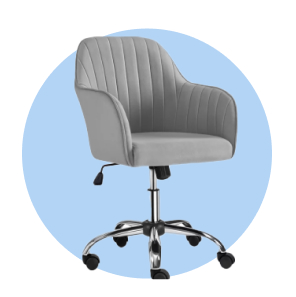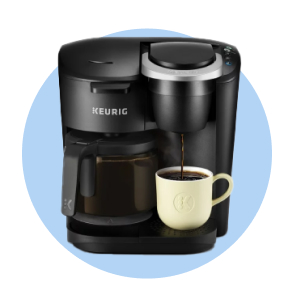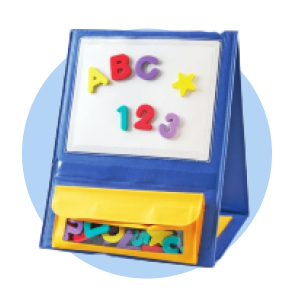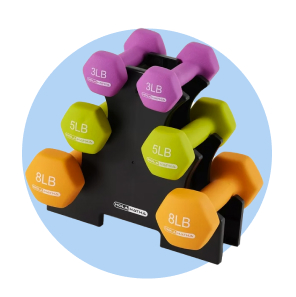
Paper Sizes: A Comprehensive Guide for Businesses
Big or small, paper does it all
For all of our digital advances, we still need paper—up to 84 million tons per year, according to AFRY. It’s plentiful, biodegradable, recyclable and it never requires a software update. Most importantly, paper comes in different shapes and sizes, many customized to fit specific business applications.
If you’re only using letter paper in the workplace, you might be overlooking the benefits that different paper sizes can offer. Let’s fix that by examining different paper sizes and what businesses can accomplish with them.

The long & short of paper sizes
ANSI
Within North America, ANSI/ASME Y14.1–often shortened to ANSI—is the predominant paper standard. It was published by the American National Standards Institute in 1996, although it largely codified de facto paper dimensions in use during that time. ANSI uses the 8.5" x 11" letter page as its core unit size, classified as ANSI A.
ANSI also covers various industry-specific standards, such as architectural paper using the separate “Arch” abbreviation. Architectural paper is larger than ANSI and features alternating aspect ratios of 3:4 and 4:3 for each size category.
| Category | Size |
| ANSI A | 8.5 x 11 |
| ANSI B | 11 x 17 |
| ANSI C | 17 x 22 |
| ANSI D | 22 x 34 |
| ANSI E | 34 x 44 |
While ANSI is the primary paper standard within North America, some region-specific paper standards remain in use today. For example, Canada has its own CAN/CGSB 9.60-94 guidelines that are generally compatible with ANSI, rounding page sizes to the nearest 5 millimeters.
ISO-216
ISO-216 is an internationally recognized paper size standard that is predominantly used worldwide. The guidelines give each page an aspect ratio equal to the square root of 2.
ISO-216 encompasses three distinct size categories, the most common of which is the A series. These pages range from A0 to A10, with A4 bearing the closest resemblance to letter paper. Subsequent guidelines, such as series B and C, offer variant sizes with relevance to specific applications or industries.
| Category | Size |
| A0 | 33.1 x 46.8 |
| A1 | 23.4 x 33.1 |
| A2 | 16.5 x 23.4 |
| A3 | 11.6 x 16.5 |
| A4 | 8.3 x 11.6 |
| A5 | 5.8 x 8.3 |
| A6 | 4.1 x 5.8 |
| A7 | 2.9 x 4.1 |
| A8 | 2.0 x 2.9 |
| A9 | 1.5 x 2.0 |
| A10 | 1.0 x 1.5 |

What paper sizes accomplish for your industry
Business correspondence
As a de facto size developed long before ANSI’s guidelines, there’s a reason ANSI A is dubbed letter paper. Of all copy paper sizes, 8.5" x 11" is ideal for personal and business correspondence, such as letters, memos and other written communications. Of course, letter paper is versatile enough to meet a variety of other needs, many of which are noted below.
Legal documents
As with letter paper, the legal format was named intentionally. Legal paper is generally preferred for formal legal documents, such as employee contracts and license agreements. Thanks to its 8.5" x 14" size, legal paper is just as readable as letter, while reducing page count and leaving room for notes.
Brochures
Brochures come in many shapes and sizes but it’s fairly easy to determine your needs by thinking about folds. Let’s say you’re creating a brochure to introduce visitors to your business. One solution is taking an ordinary Letter or A4 page and folding it in half twice. This technique creates an A6-sized French fold brochure with the following surfaces:
- A simple cover
- Two interior pages detailing primary features
- A back page with contact information
Letter and A4 paper dimensions are reliable options for brochures, but you shouldn’t limit yourself to them. The general rule is that your paper should be at least one step bigger than your intended brochure size. For example, folding an A4 page in half produces a simple, A5 bi-fold brochure, just as folding it again produces an A6 document.
Leaflets & flyers
When you want to deliver information to customers in a format that’s less dense than brochures, flyers and leaflets are strong options. Both options can be reproduced quickly and cost-effectively, making them useful when promoting sales, events and more. While flyers can be letter-sized, A7 is more practical if the goal is to distribute marketing content to as many people as possible.
Booklets & magazines
For all the benefits of letter paper, its size isn’t well-suited to books. A thick, multi-page document would be heavier, take up too much space and have more expensive printing costs. Instead, the average hardback novel is approximately 6" x 9", which is a close approximation of ISO-216 B paper.
It’s important to remember that books usually require a printing paper size that is significantly larger than the finished product. For example, publishers who print books in B5 size require multiple sheets of B2 paper. After printing, each sheet must be cut in half twice then folded to achieve the B5 size.
There are some ways to replicate this effect using traditional printers. One is arranging content into a landscape format that fits two pages of content onto each side of a large paper sheet. After printing, fold each page in half and arrange them in the desired order.
Using this method with traditional letter paper will produce an 8.5" x 5.5" digest-sized booklet. Alternatively, magazine publishers use larger sheets to produce letter or A4-sized publications with more room for visual flourishes.
Business cards
If you’re printing business cards in-house, try to get them in A8 size. With its 2" x 2.9" dimensions, A8 paper is compact while still leaving enough space for vital contact details. Just be sure to choose a material with a durable thickness that is also supported by your printer—especially if you plan to print them in large volumes.
Posters
Sometimes you need an enormous sheet of paper that people can read clearly from a distance. That’s where posters come in and there’s no shortage of options to choose from. For a high number of bulletin board sheets or public notices, A3 or ANSI B should be enough. On the other hand, if you’re only printing a few posters and really want to capture attention, ANSI E’s 36" by 48" makes a strong impression.

Looking for the right paper sizes? Walmart can help.
Understanding your business’s paper needs is the first step. The next is finding a supplier that carries the right sizes. That’s where Walmart Business comes in. Our locations carry paper in multiple sizes to meet your varied commercial needs. For more benefits, a Walmart Business+ membership will unlock free shipping,1 free delivery from store on orders over $352 and 2% rewards back for purchases over $250.3 You’ll even have the opportunity to save over $500 per year.4 Learn more here.
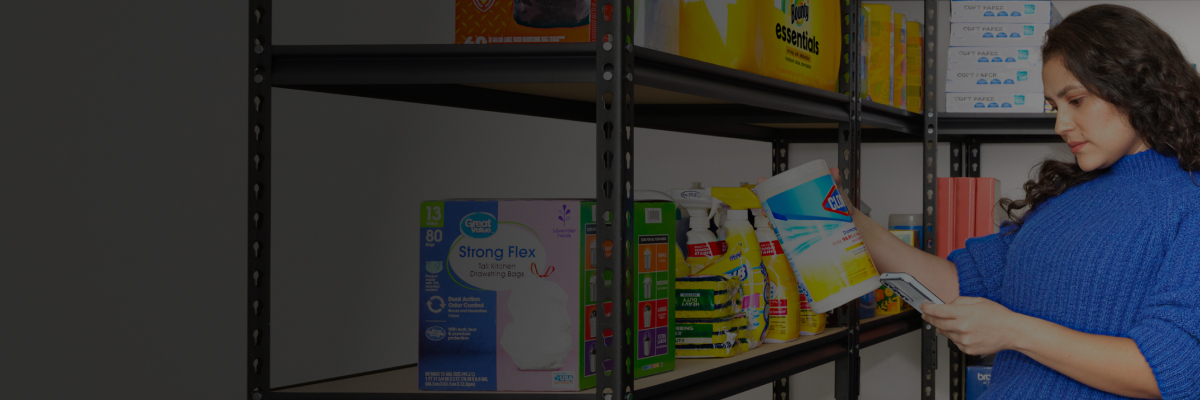

Limited-time offer
Unlock your special promo code
Stay informed on Walmart Business news & get $20 off a $100 purchase!1
1Minimum order of $100. Promo code can be used one time & may not be combined with other offers. Offer not transferable & void where prohibited by law. Customer responsible for all applicable taxes. Offer expires 12/31/2025 at 11:59pm PT. Further restrictions apply. See terms at checkout for details. Promo code offers available in limited quantities. While supplies last.
1 Excludes most Marketplace items, freight and certain location surcharges.
2 Restrictions apply.
3 Rewards can only be used toward future purchases on Walmart Business. Additional terms apply.
4 Savings based on 1 free $35+ delivery order vs. $9.95 fee and 1 free shipping order under $35 vs. $6.99 fee biweekly, plus 2% Walmart Business Rewards on monthly order >$250 (average value of $400).
Exciting news awaits
Hear firsthand about new products, features & promotions.
By clicking submit, you agree to receive emails about Walmart Business and acknowledge you have read and agreed to our Terms of use and Privacy Policy.



